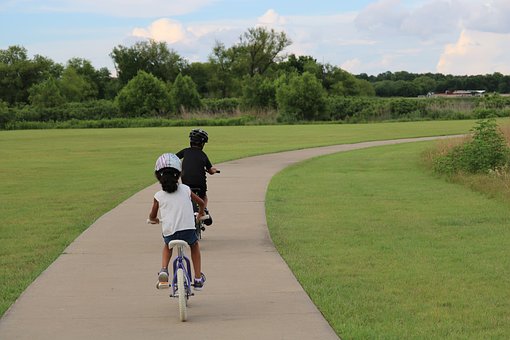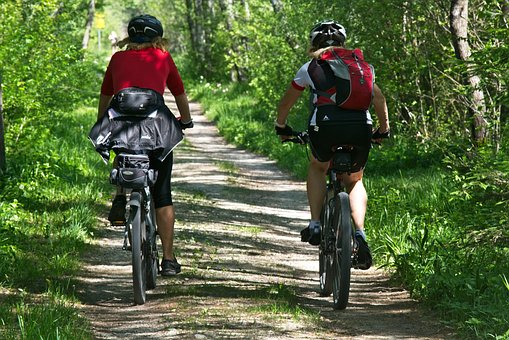If you like the idea of cycling, but you have never had a chance to learn how to do it, we completely understand how you feel. When it’s raining or snowing outside and you can’t leave your house, you can play cycling-related games on the best new slots sites instead. However, when spring comes around, there are no excuses.
Cycling is one of the best activities that we recommend for spending more time outside and in nature. However, what if you’re an adult and you still do not know how to ride a bike? Is it too late to learn how to do it now? No way! Just follow the steps below, and you’ll be turning pedals on your own in no time!
Organize Several Short Sessions

Even though some people are naturally talented without even knowing it and can learn how to ride a bike in one session, most people will need several of them. These sessions should be 30 to 60 minutes long, which is more than enough to get a feel for the balance and learn the basics. It’s a good idea to end the session after you have made some progress and before you have got too tired. Give your brain enough time to process new information and continue the next day.
Practice on Flats
When learning how to ride a bike as an adult, make sure to stay on flat terrain. Cycling on a road that goes up will make the learning process much more difficult. Likewise, learning how to cycle on a downhill will make it much more dangerous. The faster you go on a bicycle, the better your balance will be. However, if you develop high speeds on a downhill as an inexperienced cyclist, you might end up crashing.
Learn How to Turn

Cycling is not just about riding in a straight line. Once you learn how to balance on a bicycle and you’re able to turn the pedals on your own, make sure to practice making turns. At first, turning your handlebar will feel wobbly and sketchy, but the more you practice, the more confident you will get. Try to alternate between high-speed and low-speed turns to be prepared for all real-life situations.
Wear Safety Gear
Unfortunately, there’s a high chance that you will fall the first time you try riding a bike as an adult. Therefore, it’s important to wear proper safety gear. Make sure to wear a helmet that will protect your head, as well as cycling gloves that will protect the palms of your hands. Elbow and knee guards are optional, but they can surely help.
